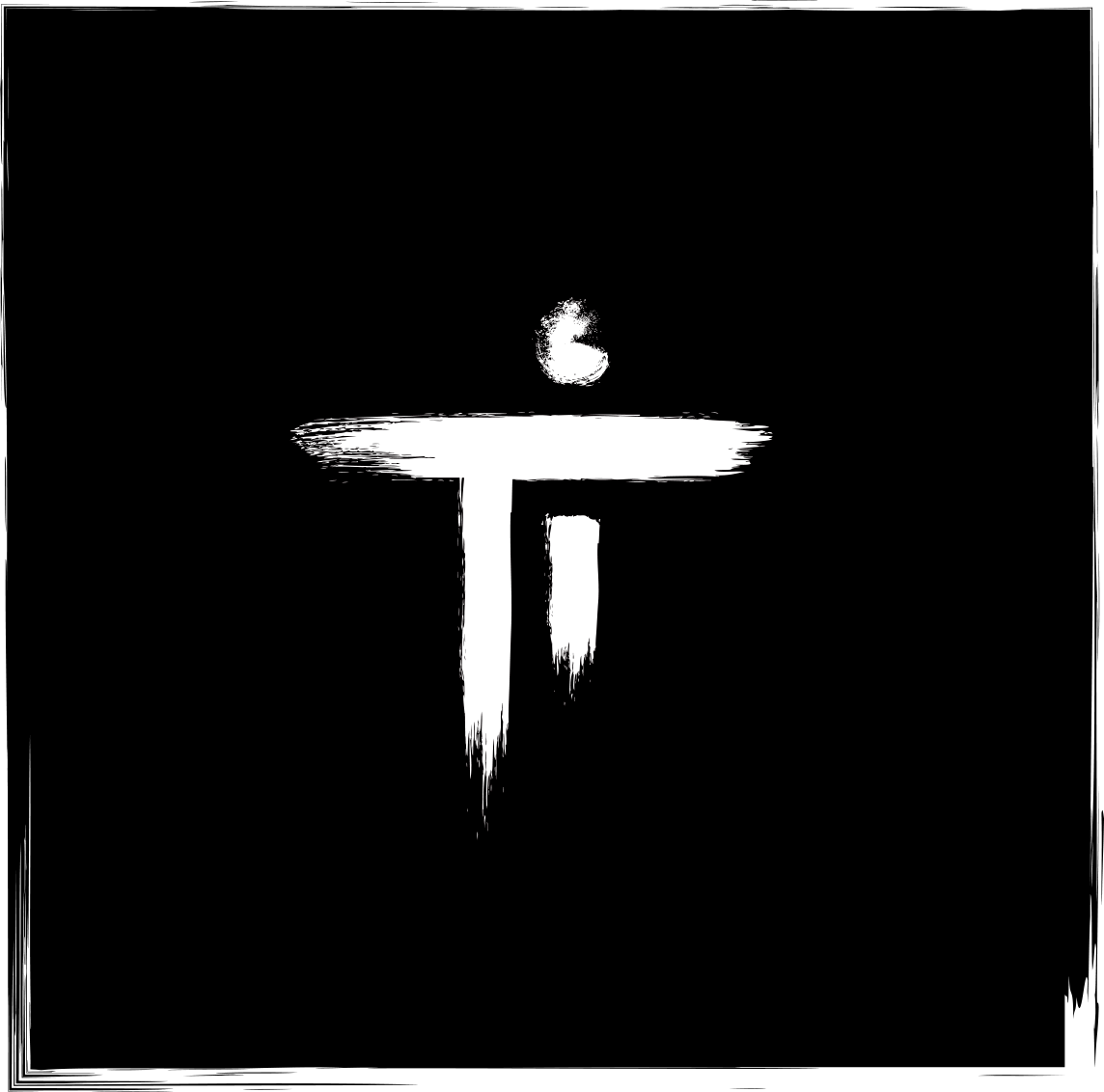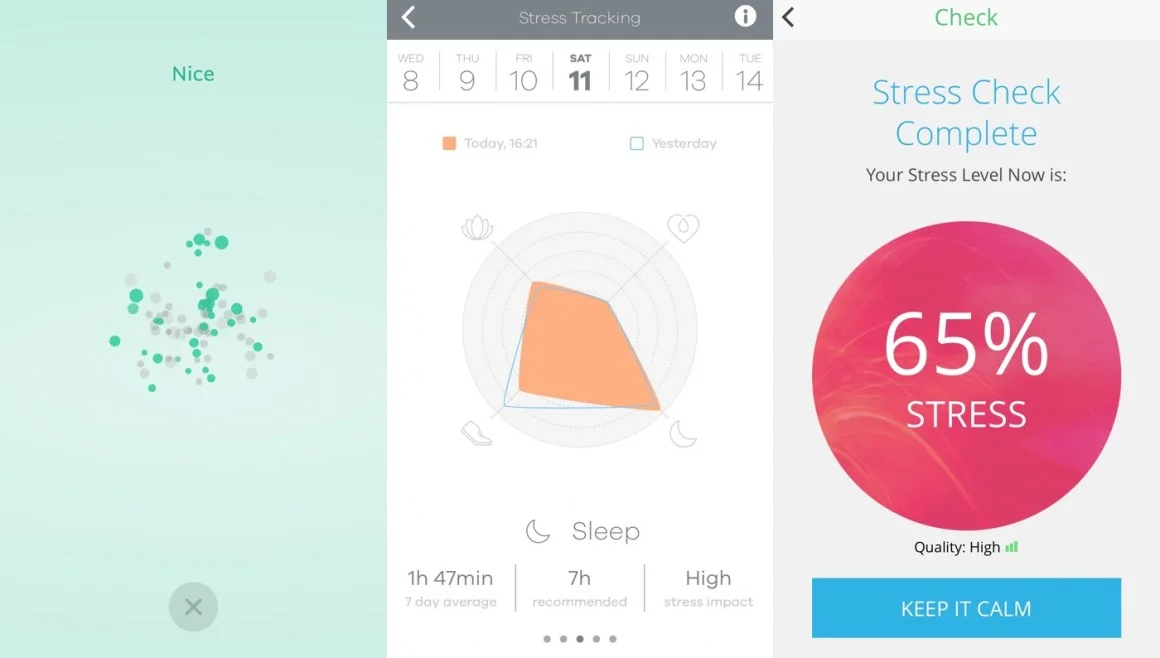Originally Posted on Scientific American
For decades, I’ve been only dimly aware of Rupert Sheldrake as a renegade British biologist who argues that telepathy and other paranormal phenomena (sometimes lumped under the term psi) should be taken more seriously by the scientific establishment.
Sheldrake probably provokes such strong reactions in part because he is a product of the scientific establishment—more specifically, of Cambridge University. He earned his doctorate in biochemistry there in 1967 and became a fellow and director of studies in biochemistry and cell biology. He gradually became dissatisfied with current theories of biology. He presented an alternative framework—involving his theory of morphic resonance (explained below)--in his 1981 book A New Science of Life, which Maddox, in a now-famous Nature editorial, called "the best candidate for burning there has been for many years."
Sheldrake, undaunted, went on to write more popular books, including Dogs That Know When Their Owners Are Coming Home (1999), The Sense of Being Stared At (2003), Seven Experiments That Could Change the World (1994) and, most recently, Science Set Free (2013). The latter calls on modern science to shed its restrictive materialism and reductionism, advancing some of the same arguments that philosopher Thomas Nagel does in his recent book Mind and Cosmos.
Sheldrake—I think even his most adamant critics will agree--is a fascinating scientific figure. I was thus delighted when he agreed to the following email interview.
Horgan: I admit that I'm still not sure what morphic resonance is. Can you give me a brief definition?
Sheldrake: Morphic resonance is the influence of previous structures of activity on subsequent similar structures of activity organized by morphic fields. It enables memories to pass across both space and time from the past. The greater the similarity, the greater the influence of morphic resonance. What this means is that all self-organizing systems, such as molecules, crystals, cells, plants, animals and animal societies, have a collective memory on which each individual draws and to which it contributes. In its most general sense this hypothesis implies that the so-called laws of nature are more like habits.
Horgan: Did the idea of morphic resonance come to you in an epiphany, or was it a gradual process?
Sheldrake: The idea of morphic resonance came to me when I was doing research at Cambridge on the development of plants. I was interested in the concept of morphogenetic, or form-shaping, fields, but realized they could not be inherited through genes. They had to be inherited in some other way. The idea of morphic resonance came as a sudden insight. This happened in 1973, but it was a radical idea, and I spent years thinking about it before I published it in my first book, A New Science of Life, in 1981.
Horgan: What is the single most powerful piece of evidence for morphic resonance?
Sheldrake: There is a lot of circumstantial evidence for morphic resonance. The most striking experiment involved a long series of tests on rat learning that started in Harvard in the 1920s and continued over several decades. Rats learned to escape from a water-maze and subsequent generations learned faster and faster. At the time this looked like an example of Lamarckian inheritance, which was taboo. The interesting thing is that after the rats had learned to escape more than 10 times quicker at Harvard, when rats were tested in Edinburgh, Scotland and in Melbourne, Australia they started more or less where the Harvard rats left off. In Melbourne the rats continued to improve after repeated testing, and this effect was not confined to the descendants of trained rats, suggesting a morphic resonance rather than epigenetic effect. I discuss this evidence in A New Science of Life, now in its third edition, called Morphic Resonance in the US.
Horgan: Is animal telepathy a necessary consequence of morphic resonance?
Sheldrake: Animal telepathy is a consequence of the way that animal groups are organized by what I call morphic fields. Morphic resonance is primarily to do with an influence from the past, whereas telepathy occurs in the present and depends on the bonds between members of the group. For example, when a dog is strongly bonded to its owner, this bond persists even when the owner is far away and is, I think, the basis of telepathic communication. I see telepathy as a normal, not paranormal, means of communication between members of animal groups. For example many dogs know when their owners are coming home and start waiting for them by a door or window. My experiments on the subject are described in my book Dogs That Know When Their Owners Are Coming Home. Dogs still know even when people set off at times randomly chosen by the experimenter, and travel in unfamiliar vehicles. One of these experiments can be seen here: http://www.sheldrake.org/videos/jaytee-a-dog-who-knew-when-his-owner-was-coming-home-the-orf-experiment
Horgan: Do you think morphic resonance theory will ever yield practical applications?
Sheldrake: Morphic resonance involves the transfer of information across space and time. It might be possible to develop information-transfer systems, with a global memory, which would work without all the normal paraphernalia of satellites, wires, booster stations etc. I have already designed experiments in which a pin code could be transmitted from London to New York without any conventional means of communication.
Horgan: Does your scientific outlook make you doubt whether artificial-intelligence researchers can replicate human minds on computers?
Sheldrake: Morphic fields take place in self-organizing systems. Machines are not self-organizing - they are made in factories - and I would not expect them to have morphic fields. Therefore I expect artificial intelligence on digital computers will remain rather limited in scope, and those who have high hopes for it will be disappointed. However if analogue computers with genuine quantum randomness were constructed, perhaps they could be organized by morphic fields and show much more intelligent behavior. It’s possible that quantum computing will lead in this direction.
Horgan: Do you ever have doubts about morphic resonance, and think maybe the materialists are right?
Sheldrake: I would like there to be much more research on morphic resonance and I would like to see a lot more evidence for it. If there were, it would not necessarily refute materialism, but could expand the materialist worldview, which has become excessively dogmatic, as I show in my recent book Science Set Free (called The Science Delusion in the UK). I think something like morphic resonance is necessary to make sense of inheritance, memory, the evolutionary nature of nature, and many other phenomena. Lee Smolin, the theoretical physicist, recently put forward a similar idea, which he calls "the principle of precedence," and perhaps his hypothesis might mesh in better with established science, since it is formulated in the context of quantum physics. The main question is whether or not the effects predicted by the hypothesis of morphic resonance – or the principle of precedence – actually happen.
Horgan: Why do you think your ideas are so vehemently rejected by the scientific mainstream, while multiverses, string theory, panpsychism (as defined by neuroscientist Christof Koch) and other highly speculative ideas are taken seriously?
Sheldrake: Within physics, since the quantum revolution and the Big Bang cosmology, there has been a pluralism of ideas with many unexpected possibilities entertained seriously by mainstream physicists. However in the 20th century, biology moved in an opposite direction, towards to a more dogmatically materialist position. When I first put forward the hypothesis of morphic resonance in the 1980s, most biologists were convinced that all the problems of biology would soon be solved in molecular terms, and this enthusiasm gave a great impetus to human genome project. But this confidence is now waning as developmental biology continues to defy any simple explanation in terms of molecules. The assumption that genes code for the characteristics of organisms is thrown into question by the "missing heritability problem." And it turns out that the inheritance of acquired characteristics, now called epigenetic inheritance, is common in both animals and plants. The implications of this revolutionary acceptance of epigenetic effects are still being worked out, but I think that biology will become more open as a result.
Horgan: Do you believe in God? Does your faith influence your scientific outlook in any way, or vice versa?
Sheldrake: Yes, I believe in God. I am a practicing Christian, specifically an Anglican (in the US, an Episcopalian). I went through a long atheist phase, and began to question the materialist orthodoxy of science while I was still an atheist. I later came to the conclusion that there are more inclusive forms of consciousness in the universe than human minds. But my ideas about morphic resonance and telepathy are not part of orthodox religious belief, any more than they are part of orthodox science.
Horgan: If you were appointed King of Science, in charge of prioritizing research and funding, what would your first decision be?
Sheldrake: I would leave most research funding as it is for the time being because it would be highly disruptive to the scientific community if there were a sudden change in direction. But I would allocate about 5% of the available funds to innovative research that could lead to breakthroughs. In most branches of science, there are dissident minority groups who have been marginalized by the mainstream, but which contain well-qualified scientists and promising unorthodox results. These are the low-hanging fruits that are most likely to lead to breakthroughs, and I would make sure that such areas were adequately funded.
Horgan: If you had the skeptic Michael Shermer (who critiqued morphic resonance in 2005) in front of you right now, what would you say to him?
Sheldrake: I would invite him to have a debate about the existence of telepathy and other psychic phenomena. In 2003, in relation to my research on the sense of being stared at and on telepathy, he asserted in USA Today that "The events Sheldrake describes don't require a theory, and are perfectly explicable by normal means." I emailed him to ask what his normal explanations were. He was unable to provide them, and confessed that he had not actually read the evidence. I challenged him to a debate. He accepted, but unfortunately he was so busy being a professional skeptic that he could not find time to look at the data. He has often claimed that “Skepticism is a method not a position.” Taking part in this long-delayed debate would provide an opportunity to put his principles into practice.








